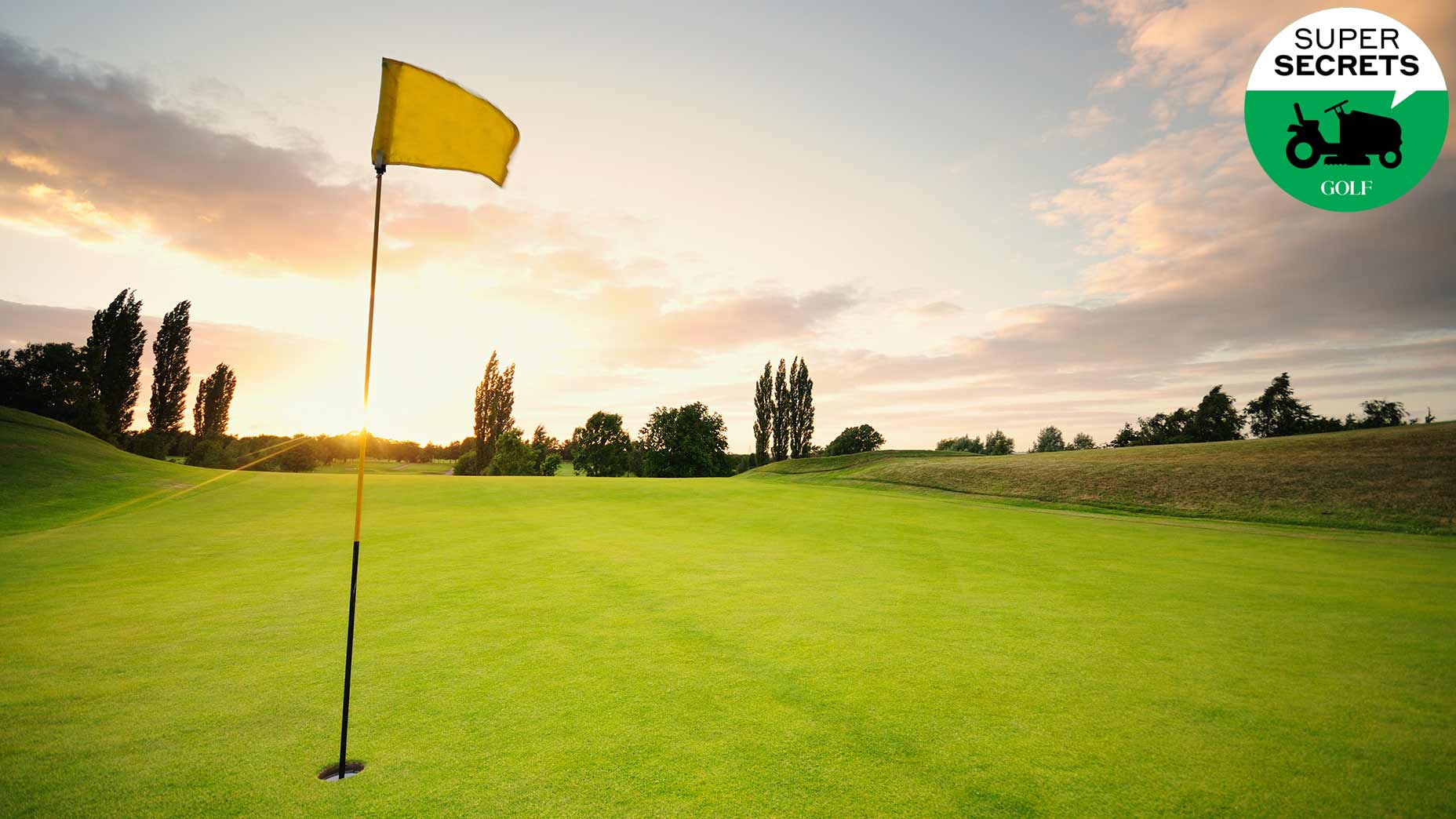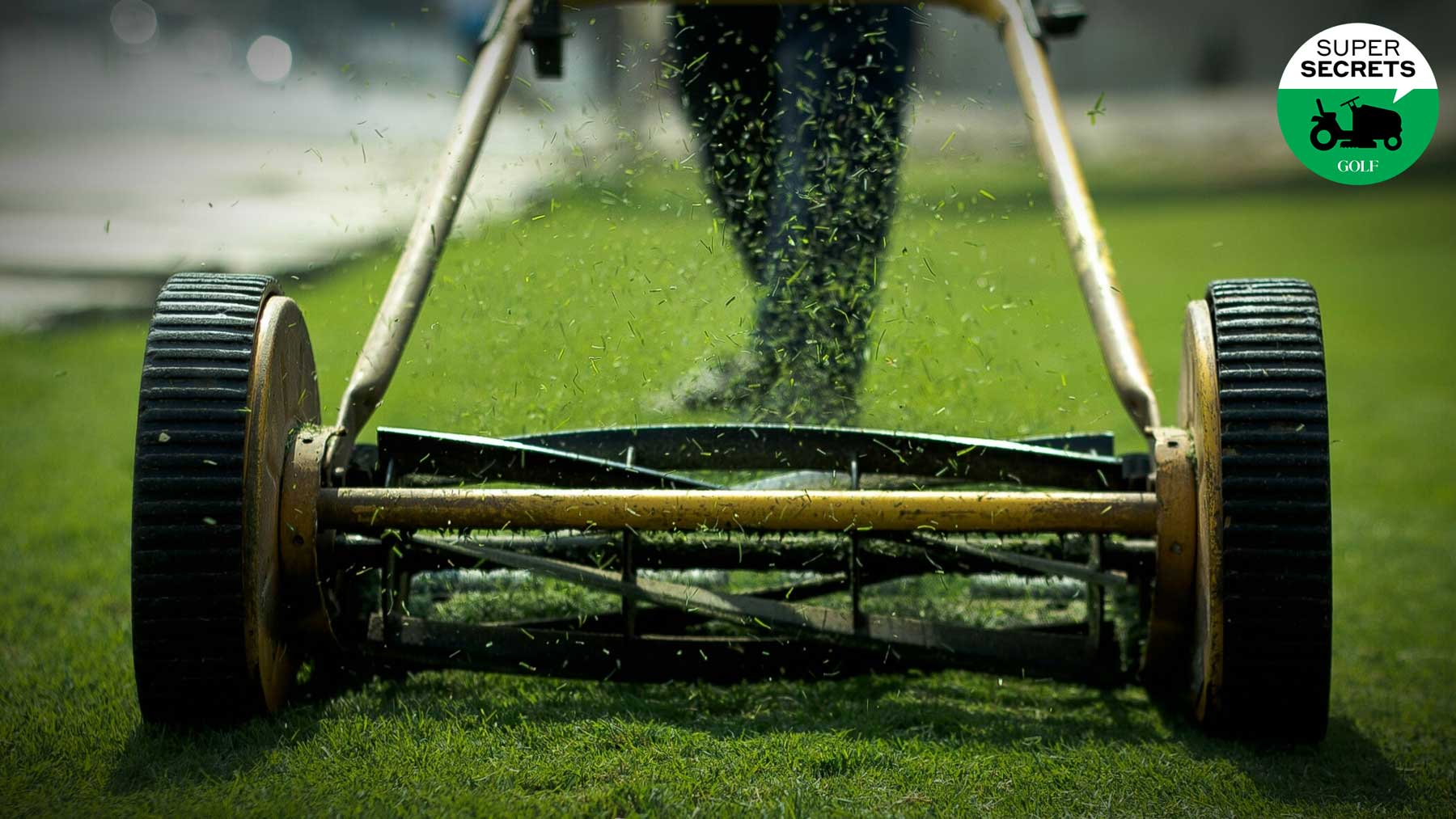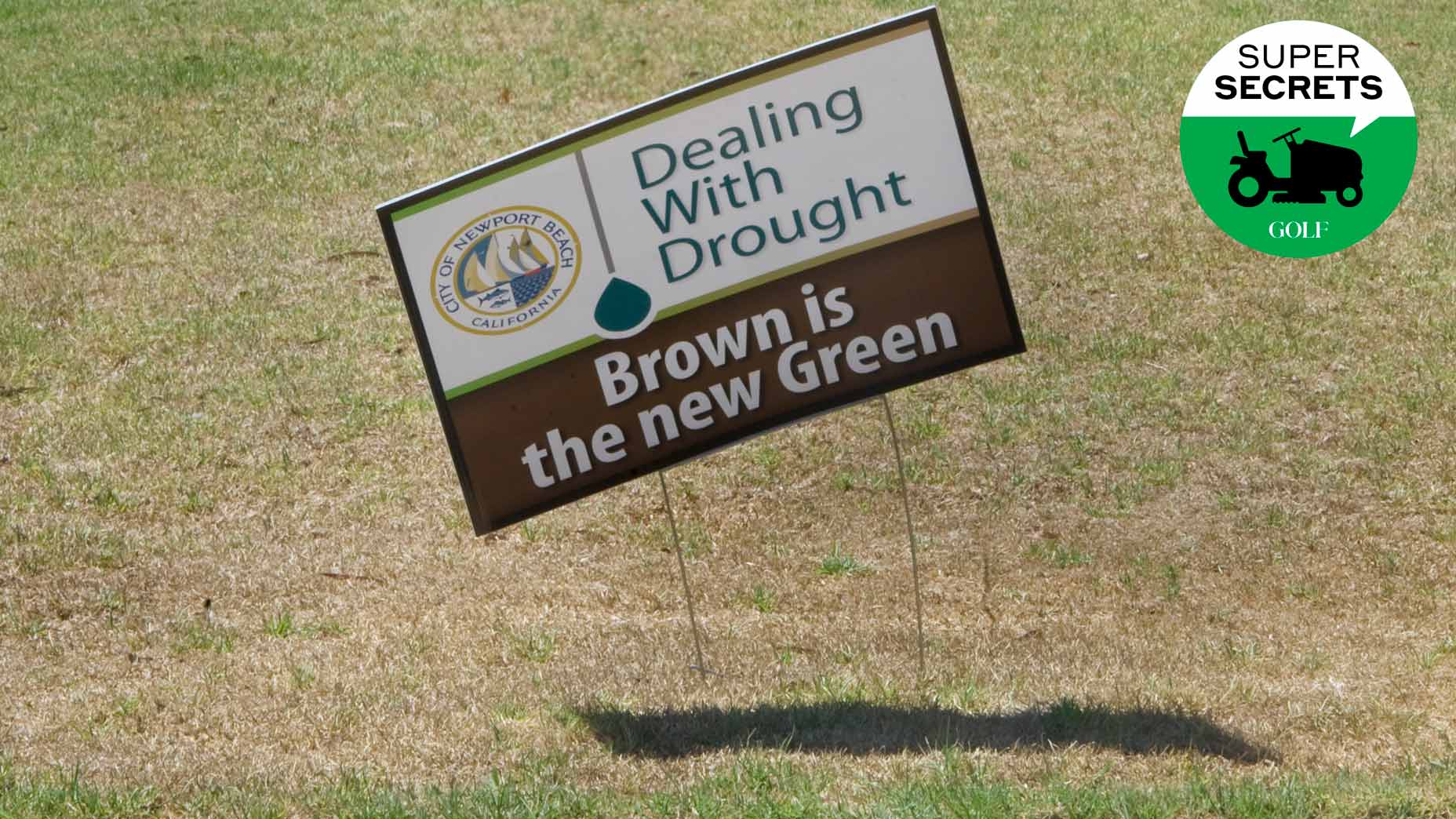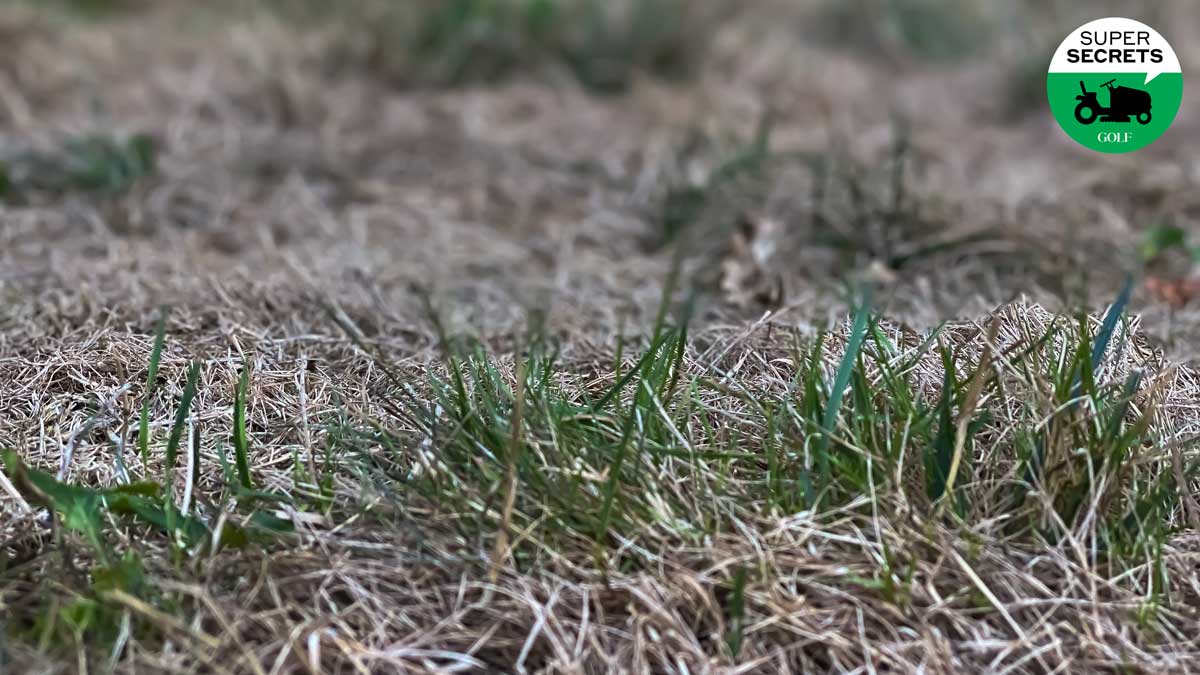Time flies when you’re tending yard.
Seems like yesterday that we were raking the last leaves of 2021. But now another autumn has arrived, slapping us with seasonal obligations. Ryan Bourne, a former Class A superintendent at Terradyne Country Club, in Wichita, Kan., and a longtime member of the Golf Course Superintendents Association of America, is an area manager for Van Diest Supply Co., a company specializing in crop protection.
In the interest of protecting our own turf, we asked Bourne for a check list of important lawn-care tasks.
Fertilize
Like a bear preparing for hibernation, cool-season grasses benefit from a feeding before they go dormant for the winter. It’s a good idea to beef them up. Warm-season grasses are a different story. Fertilizing them in fall can be problematic. For starters, it risks promoting growth of unwanted cool-season intruders. “You’re basically feeding weeds,” Bourne says. Fertilizing with nitrogen can also promote new sprouts in the turf itself that will be vulnerable to disease and damage if a sudden cold snap hits.
Run the Mower Dry
4 eye-catching grass types that will make your yard really pop, according to a superintendentBy: Josh Sens
In cold climates, get the gas out of your mower before you store it for the winter, either by emptying the tank or by running it dry. If you can’t do that, add some fuel stabilizer. Gas that sits around for months can go bad, leaving you with a gunked-up machine in spring.
Water Deeply and Infrequently
After a long, hard summer, grass has been through hell and back, especially in drought-stricken regions. There’s a good chance the roots have gotten shallow, which isn’t want you want heading into winter. Watering deeply but infrequently will help draw the roots down into the soil. The longer the root system, the more resilient the turf for the colder months ahead.
Aerify
Fall is a prime time to punch cool-season grasses, as it promotes air and nutrient flow through the root zone — a healthy practice as turf heads into winter. It’s not bad for warm-climate grasses, either, but it’s best not to do it if you plan to overseed in the same window, as those seeds will collect in the aeration holes and you’ll wind up with polkadots in your turf that will remain until the lawn has a chance to grow them out.
Blow Out the Irrigation System
Before the brunt of winter, you’ll want to empty out your irrigation system, so water doesn’t freeze and damage the pipes. If you’re reasonably handy and own a compressor, this can be a DIY job. But don’t be afraid to hire an expert.
Should you remove that tree from your yard? Here’s what an expert saysBy: Josh Sens
Give Your Trees a Little Drink
In this age of accelerating climate change, vast swaths of the country have been hit hard by drought. The damage is easy to see in turf. But don’t forget that trees get thirsty, too. Winter is coming. It might be cold and dry. If you’ve got trees your hard, Bourne recommends setting a hose on drip around the trunks.
Rake and Mulch
Piles of leaves can be damaging to turf, especially when they get wet and matted. As they start to drop, you’ll want to rake them up—but not necessarily all of them. The timing will vary depending on the climate and the type of tree, but keep an eye on how many leaves remain on branches. When it looks like you’re down to the last one or two rakings of the season, start mulching instead. Pulverizing those leaves into bite-size nutrients and pressing them into the soil will be good for the turf in the months ahead.
Plant for Spring
Spring showers bring May flowers. But some of those flowers need to be planted in the fall. Tulips. Daffodils. Hyacinths. If you want to see their pretty petals next year, fall is the time to get those bulbs in the ground.











